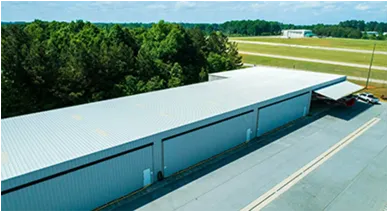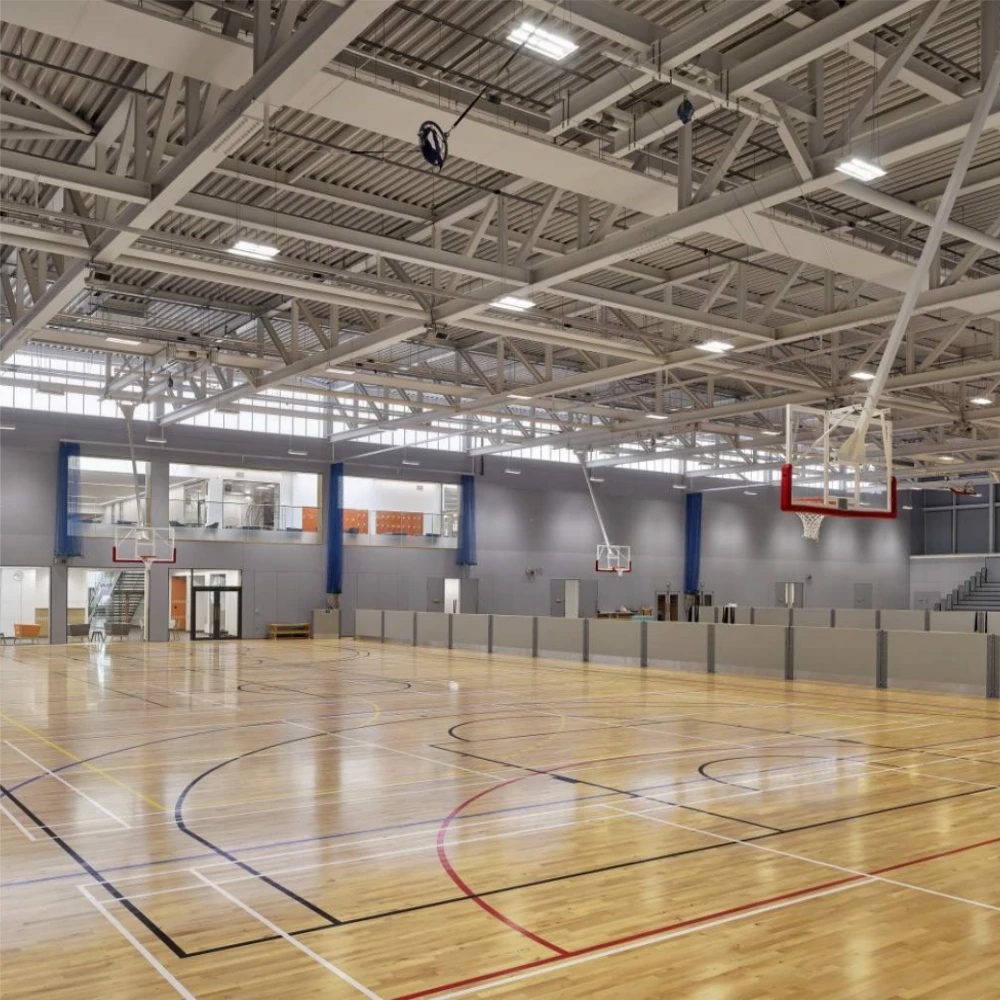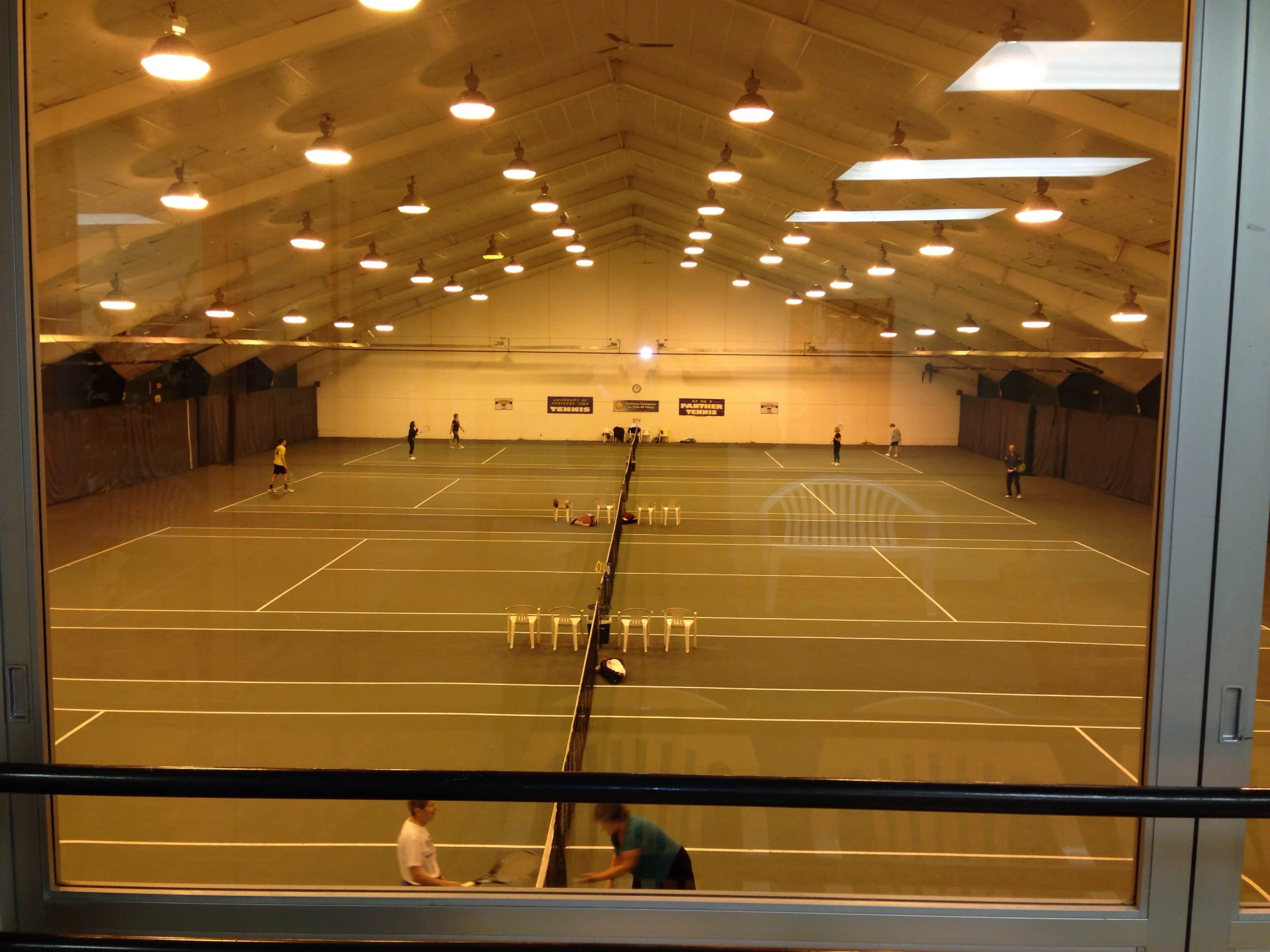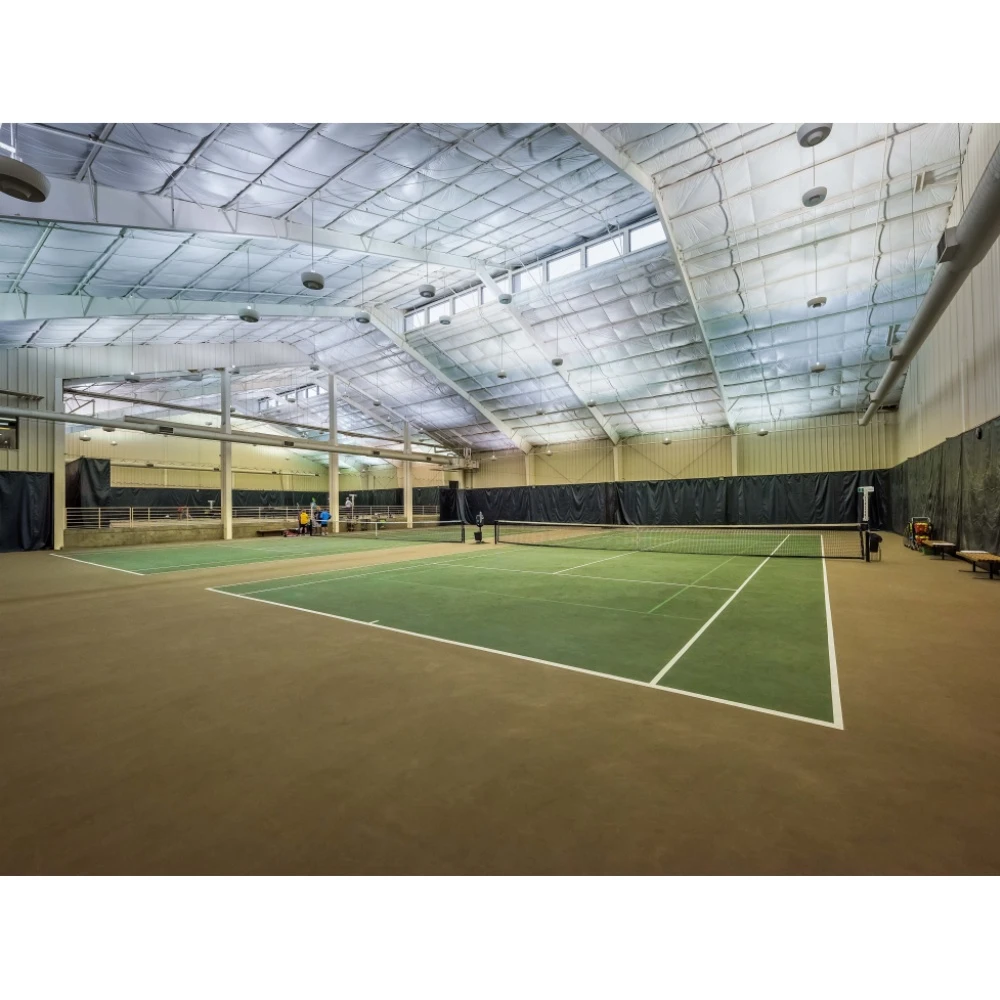- Afrikaans
- Albanian
- Amharic
- Arabic
- Armenian
- Azerbaijani
- Basque
- Belarusian
- Bengali
- Bosnian
- Bulgarian
- Catalan
- Cebuano
- Corsican
- Croatian
- Czech
- Danish
- Dutch
- English
- Esperanto
- Estonian
- Finnish
- French
- Frisian
- Galician
- Georgian
- German
- Greek
- Gujarati
- Haitian Creole
- hausa
- hawaiian
- Hebrew
- Hindi
- Miao
- Hungarian
- Icelandic
- igbo
- Indonesian
- irish
- Italian
- Japanese
- Javanese
- Kannada
- kazakh
- Khmer
- Rwandese
- Korean
- Kurdish
- Kyrgyz
- Lao
- Latin
- Latvian
- Lithuanian
- Luxembourgish
- Macedonian
- Malgashi
- Malay
- Malayalam
- Maltese
- Maori
- Marathi
- Mongolian
- Myanmar
- Nepali
- Norwegian
- Norwegian
- Occitan
- Pashto
- Persian
- Polish
- Portuguese
- Punjabi
- Romanian
- Russian
- Samoan
- Scottish Gaelic
- Serbian
- Sesotho
- Shona
- Sindhi
- Sinhala
- Slovak
- Slovenian
- Somali
- Spanish
- Sundanese
- Swahili
- Swedish
- Tagalog
- Tajik
- Tamil
- Tatar
- Telugu
- Thai
- Turkish
- Turkmen
- Ukrainian
- Urdu
- Uighur
- Uzbek
- Vietnamese
- Welsh
- Bantu
- Yiddish
- Yoruba
- Zulu
Nov . 16, 2024 06:52 Back to list
Steel Building Structures A Modern Marvel of Engineering
Steel building structures have revolutionized the world of construction and architecture, marking a significant advancement in the way we design and erect buildings. The use of steel as a primary construction material has become increasingly prominent due to its unique properties, versatility, and aesthetic appeal. This article delves into the characteristics, advantages, applications, and future prospects of steel building structures.
Characteristics of Steel
Steel is an alloy made primarily of iron and carbon, known for its remarkable strength and durability. A key characteristic of steel is its high tensile strength, which allows it to withstand substantial loads without deformation. This property is particularly vital in the construction of tall buildings and structures subjected to various forces, such as wind and seismic activity. Furthermore, steel can be fabricated into various shapes and sizes, offering architects and engineers ample flexibility in design.
Another significant characteristic of steel is its ductility, which enables it to absorb energy and deform without breaking. This quality makes steel an ideal material for regions prone to earthquakes, as structures can sway and flex rather than snap under pressure. Moreover, steel is recyclable, making it an environmentally friendly choice in today's eco-conscious construction landscape.
Advantages of Steel Building Structures
1. Speed of Construction One of the predominant advantages of using steel in building construction is the speed it offers. Steel components can be prefabricated off-site, which minimizes onsite labor time and allows for faster assembly. This efficiency significantly reduces project timelines and can lead to lower costs.
2. Design Flexibility Steel's versatility permits a wide range of architectural designs. Whether creating open spaces with large spans, intricate facades, or modern designs, steel's adaptability can fulfill varied aesthetic desires and functional requirements.
3. Durability and Maintenance Steel structures are resistant to many common issues in traditional materials, such as rot, mold, and insect damage. With proper coatings and treatments, steel can withstand harsh environmental conditions, ensuring longevity and reducing the need for extensive maintenance.
steel building structures

4. Sustainability Steel is one of the most recycled materials globally. This characteristic not only makes it an eco-friendly choice but also supports the circular economy. Additionally, modern developments in steel production have led to reduced carbon footprints, further enhancing its sustainability credentials.
Applications of Steel Building Structures
Steel is prevalent in various sectors, showcasing its dynamism. In commercial construction, steel frames are commonly employed in office buildings, shopping malls, and skyscrapers, where strength and flexibility are paramount. In industrial applications, steel is used for factories, warehouses, and manufacturing facilities due to its ability to create large, unobstructed spaces.
Residential construction is also embracing steel, particularly in contemporary designs where open floor plans and large windows are desired. Moreover, steel is extensively utilized in bridges, stadiums, and other infrastructure projects, demonstrating its capability to support complex engineering demands.
Future Prospects
The future of steel building structures appears promising as innovations continue to emerge in material science and engineering. The integration of advanced technologies like Building Information Modeling (BIM) and 3D printing is enabling more efficient design and construction processes. Furthermore, the advent of high-strength steels and composite materials is set to enhance the properties of steel structures, making them even more resilient and adaptable.
Looking ahead, the role of steel in sustainable construction will likely expand. Ongoing research into reducing the environmental impact of steel production and the development of green steel will contribute to a more sustainable building industry.
Conclusion
In conclusion, steel building structures embody the pinnacle of modern engineering, offering a blend of strength, versatility, and sustainability. As the demands of construction evolve, steel will undoubtedly play a pivotal role in shaping the skylines of our cities and the future of building practices. Embracing steel as a primary construction material not only allows us to create innovative and aesthetically pleasing structures but also marks our commitment to sustainable development in the built environment. With ongoing advancements, the possibilities are endless, making steel a cornerstone of contemporary construction.
-
How Do Prefabricated Steel Structures Transform Modern Construction?
NewsJul.14,2025
-
How Do Prefabricated Metal Buildings Redefine Modern Construction?
NewsJul.14,2025
-
How Do Prefab Insulated Metal Buildings and Steel Structures Revolutionize Modern Construction?
NewsJul.14,2025
-
How Do Pre - Engineered Steel Structures Redefine Modern Construction?
NewsJul.14,2025
-
Advancing Modular Construction with Prefabricated Metal Structures
NewsJul.14,2025
-
Advancing Industrial Infrastructure with Prefabricated Steel Solutions
NewsJul.14,2025
Products categories
Our Latest News
We have a professional design team and an excellent production and construction team.












